Tag: pneumonia
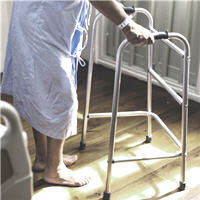
Effects of Early Mobilization on the Prognosis of Critically Ill Patients
Early mobilization was effective in enhancing the recovery of critically ill patients, but more large-scale, multicenter randomized controlled trials are required to further confirm these findings. A total of 39 articles... read more

Thrombosis vs. Hemorrhage Rates in Patients with Severe Respiratory Failure Due to COVID-19
Significant rates of pulmonary thromboembolism and of catheter-associated deep vein thrombosis were seen in both viral infections but were greater in those requiring the use of extracorporeal membrane oxygenation in coronavirus... read more

Non-invasive Respiratory Support and P-SILI in COVID-19
Coronavirus disease 2019 (COVID-19) pneumonia is associated with hypoxemic respiratory failure, ranging from mild to severe. Due to the worldwide shortage of intensive care unit beds, a relatively high number of patients... read more
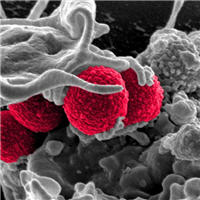
The Clinical Utility of MRSA Nasal Screening to Rule Out MRSA Pneumonia
Nares screening for methicillin-resistant Staphylococcus aureus (MRSA) had a high specificity and NPV for ruling out MRSA pneumonia, particularly in cases of CAP/HCAP. Based on the NPV, MRSA nares screening is a valuable... read more
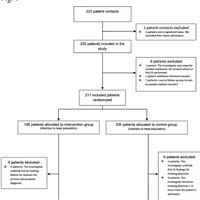
POCUS of the Heart and Lungs in Patients with Respiratory Failure
Point-of-care ultrasound (POCUS) is a focus oriented tool for differentiating among cardiopulmonary diseases. Its value in the hands of emergency physicians, with various ultrasound experience, remains uncertain. We tested... read more
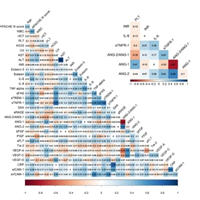
Host Endothelial, Epithelial and Inflammatory Response in ICU COVID-19 Patients
These studies demonstrate that, unlike other well-studied causes of critical illness, endothelial dysfunction may not be characteristic of severe COVID-19 early after ICU admission. Pathways resulting in elaboration of acute... read more
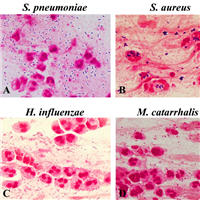
Validation of Sputum Gram Stain for Treatment of CAP and HCAP
The usefulness of sputum Gram stain in patients with community-acquired pneumonia (CAP) is controversial. There has been no study to evaluate the diagnostic value of this method in patients with healthcare-associated pneumonia... read more
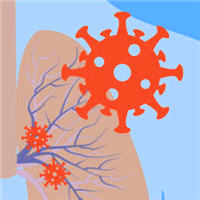
Post‑COVID‑19 Syndrome in Outpatients
Background Some patients experience long-term symptoms after COVID-19, but data on outpatients with mild-to-moderate COVID-19 are scarce. Objective To describe persisting symptoms more than 3 months after infection in PCR-confirmed... read more

Optimal Needle Position for Decompression of Tension Pneumothorax
Tension Pneumothorax (TP) can occur as a potentially life-threatening complication of chest trauma. With the risk of respiratory and cardiac arrest, an immediate temporizing intervention for this condition is required by... read more
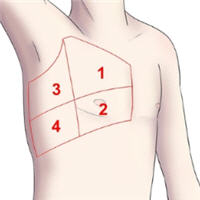
Outcomes of Patients with COVID-19 and Relationship with Lung Ultrasound Signs
In patients with COVID-19 pneumonia, Lung Ultrasound Signs (LUS) signs, including the aeration score, were related to respiratory and systemic symptoms 1 month after ultrasound screening examination. In these patients, a... read more

A Controlled Trial of Methylprednisolone in COVID-19 Pneumonia
The use of corticosteroids in patients with pneumonia secondary to COVID-19 has been a controversially hot topic, particularly early on in the pandemic. Prior evidence seen in Severe Acute Respiratory Syndrome (SARS) and... read more
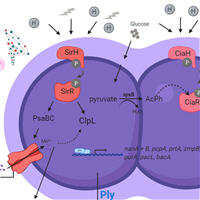
Virus-Induced Changes of the Respiratory Tract Environment Promote Secondary Infections
Secondary bacterial infections enhance the disease burden of influenza infections substantially. Streptococcus pneumoniae (the pneumococcus) plays a major role in the synergism between bacterial and viral pathogens, which... read more

24-Hour Esophageal pH Measurement in Mechanically Ventilated Children
The current study shows high incidence of gastroesophageal reflux on 24-hour esophageal pH-metry in mechanically ventilated children with medical diagnoses. The significance of this finding and its impact on ventilator-associated... read more
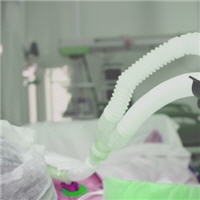
Early Tracheotomy Shortens ICU Stay and Lowers Risk of VAP
Compared with late tracheotomy, early intervention was associated with lower ventilator-associated pneumonia (VAP) rates and shorter durations of mechanical ventilation and ICU stay, but not with reduced short-term, all-cause... read more




